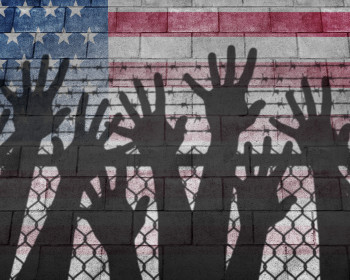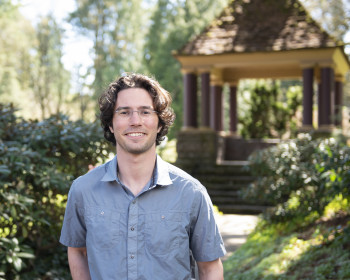Exhibit Focuses on Oregon’s Conscientious Objectors
Two students curated Pacific Renaissance: The Legacy of Conscientious Objection During World War II. The exhibit is available to the public through November in Watzek Library.
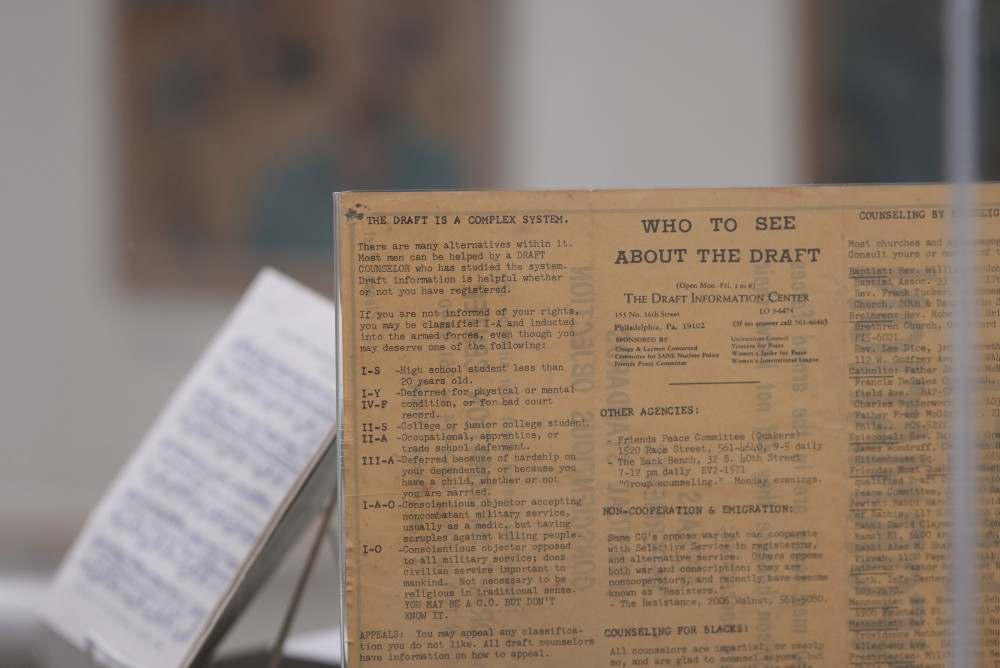
Credit: Stephen Mercier
For decades, Aubrey R. Watzek Library Special Collections and Archives has received donated materials from men who resided in Civilian Public Service (CPS) camps in Oregon. During World War II, the federal government established these camps to provide conscientious objectors the opportunity to do “work of national importance” as an alternative to military service. Residents often completed tasks related to soil conservation, forestry, fire fighting, and agriculture. The men lived in barracks-style camps and received no wages; they were supported primarily by their families and church congregations.
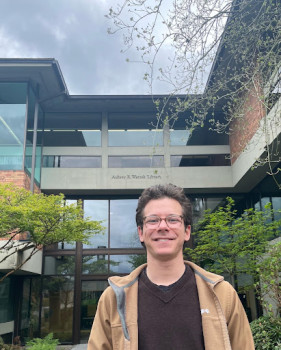
The first camp resident to donate his papers was William Stafford (1914–93), who is considered one of the most significant poets of the last half of the 20th century. He also taught at Lewis & Clark for 30 years. Stafford was influential in convincing members of his pacifist community to donate their papers, laying the foundation for today’s exhibit.
The Lewis & Clark exhibit provides a deeper look at the experience of men in CPS camps through their art, spanning the years 1942 to 1945. Watzek Library will also host a related traveling exhibit, titled Voices of Conscience, that focuses on the period’s philosophies of pacifism. It will be on campus from July 28 to September 24.
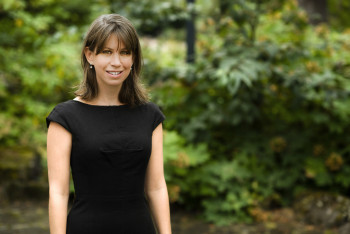
Credit: Steve Hambuchen“Our exhibit focuses on the CPS camp at Waldport, Oregon,” said project lead Hannah Crummé, head of special collections and college archivist. “This camp directly influenced the San Francisco Renaissance—and thus much of the culture of American artist communities in the second half of the 20th century. It shows how a single community of men, brought together by both their interest in art and their political perspectives, shaped this part of American history.”
Conley and Kishkenen led the curatorial process, choosing which objects to include and forming a cohesive narrative for the exhibit. According to Crummé, the curation of exhibitions provides a unique opportunity for students of any major to gain professional experience in a museum setting, working with rare and original artifacts.
Conley, an international affairs major, served as a student archives assistant throughout college and a cocurator of the 2022 exhibit Kim Stafford: A Creative Process. When presented with the opportunity to curate Pacific Renaissance, Conley saw the chance to explore an unfamiliar aspect of local history while diving deeper into the life and work of William Stafford, Kim’s father.
The curation began with research and brainstorming, laying the foundation for Conley and Kishkenen to decide which items could both engage the public and authentically tell the creative and lived experiences of these men. After extensive editing and evaluation, as well as close collaboration with Crummé, the pair were able to narrow the archival materials used in the final exhibit.
“Curation functions as an alternative medium to create and display academic work,” said Conley. “The exhibit space is like a canvas that we used to tell part of the CPS story. It gave me valuable experience translating ideas and questions into visual and interactive forms that I hope to use in the future.”
In addition to shedding light on this significant period of Oregon history, Conley hopes that students like him continue to engage with the college’s special collections and archives and begin to consider the curatorial process as a valuable extension of their work inside the classroom.
“I used to see archives as a space where information and history is hidden from public knowledge,” he said. “But archives and exhibits are a great place to start discussions and highlight perspectives that are overshadowed by the loudest voices. The ability of students to use physical space to convey an argument publicly is vital to making institutional archives a more inclusive resource.”
Special Collections and Archives
Pacific Renaissance exhibit
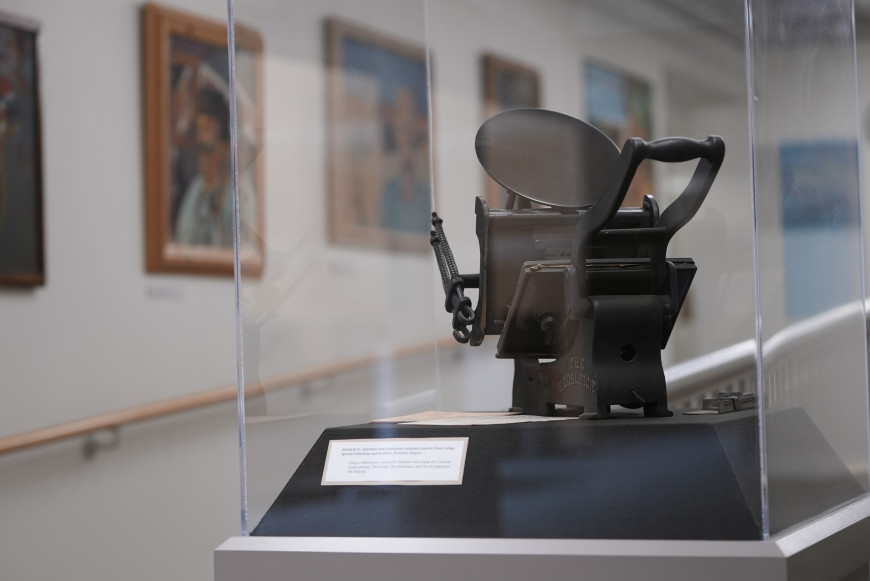
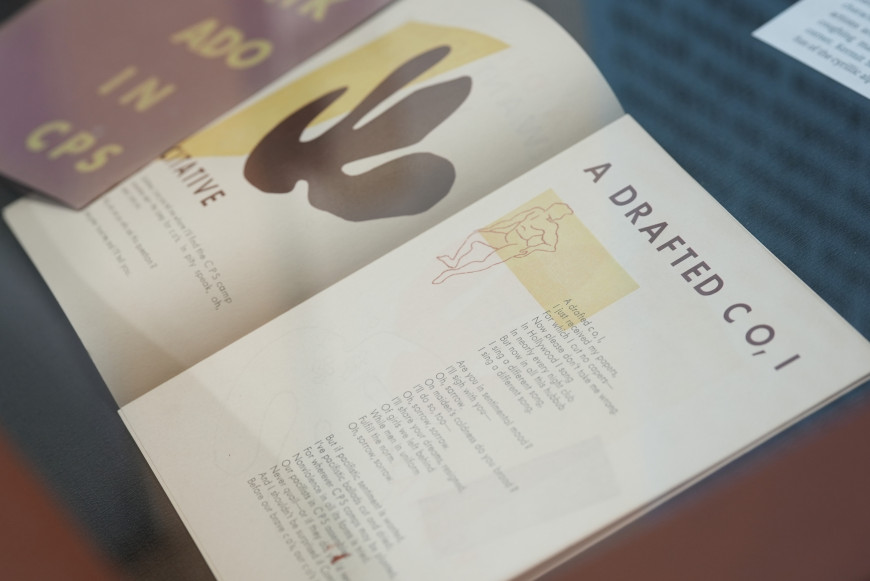
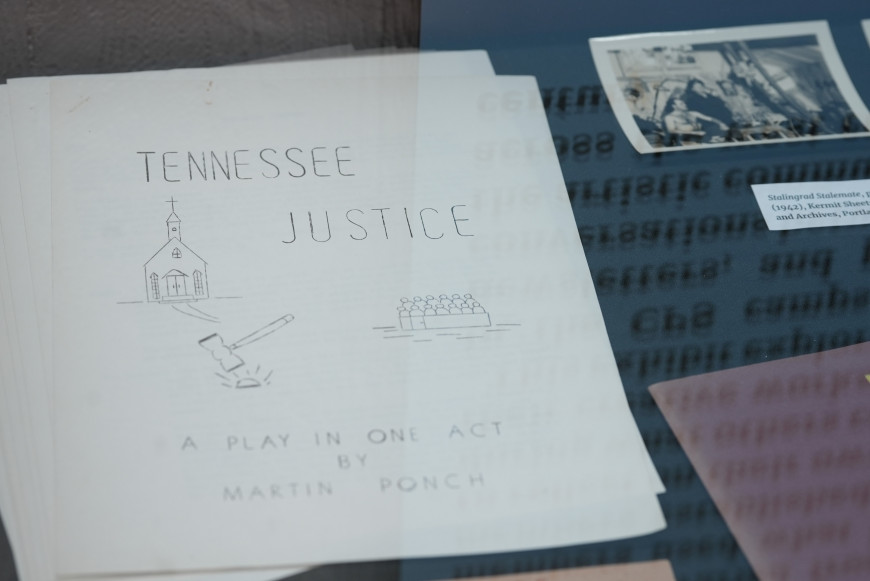
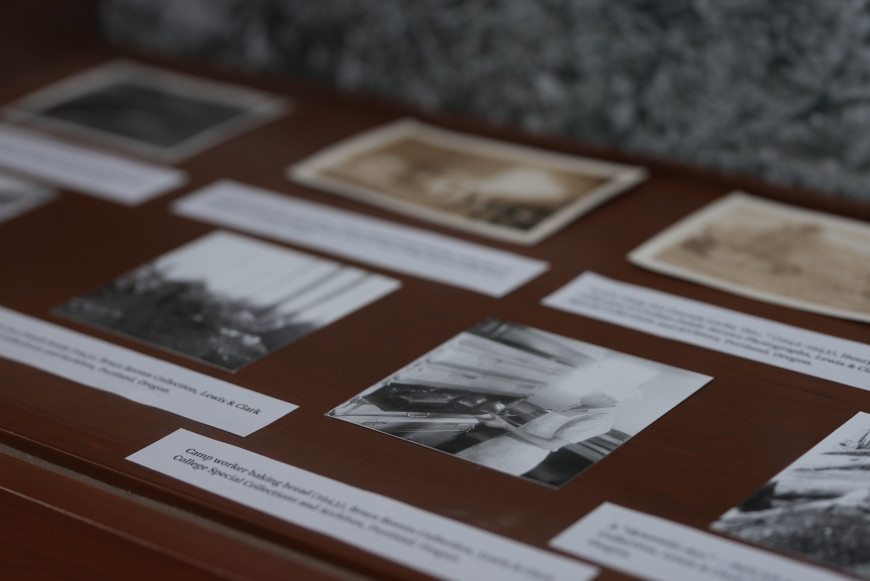
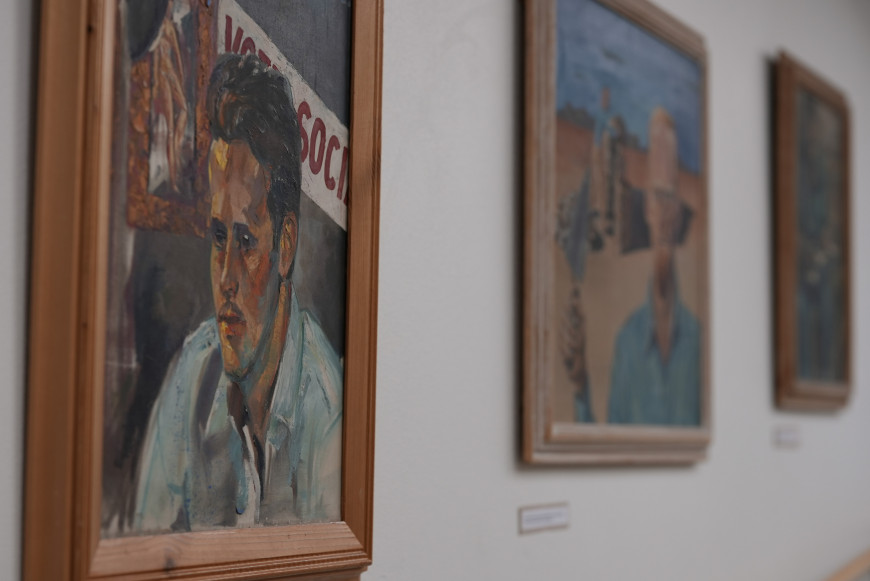
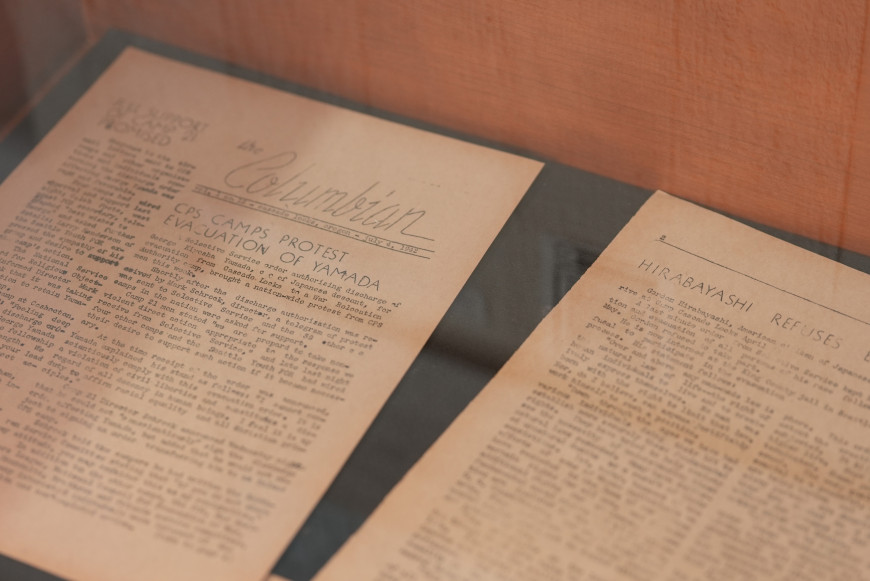
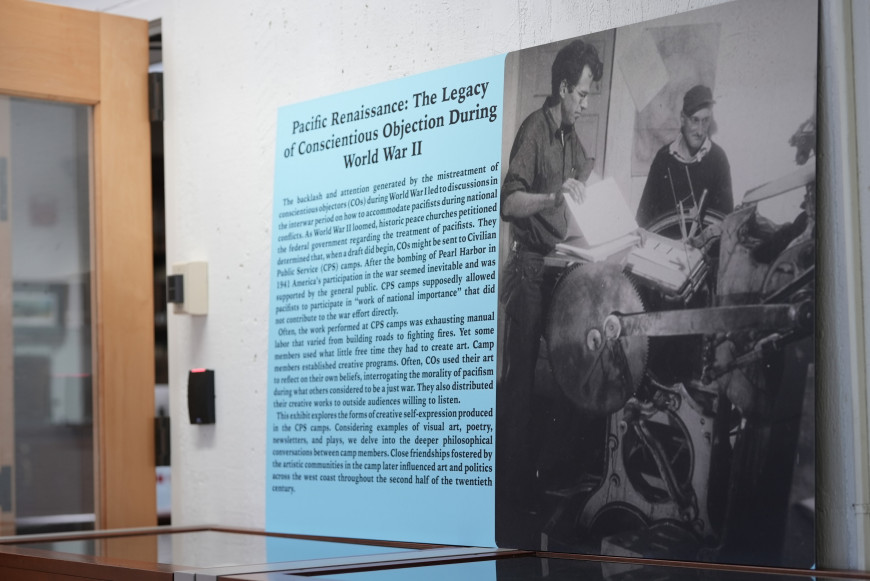
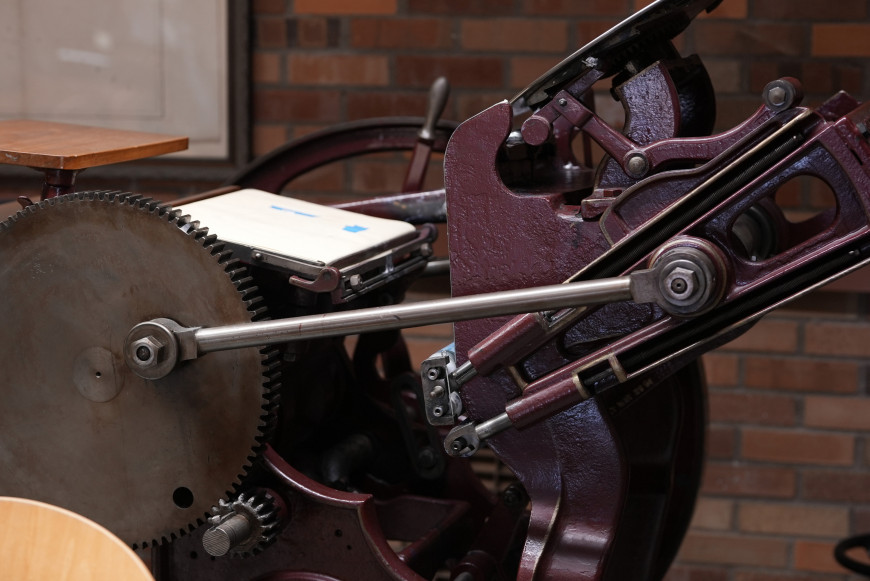
More Newsroom Stories
Public Relations is located in McAfee on the Undergraduate Campus.
MSC: 19
email public@lclark.edu
voice 503-768-7970
Public Relations
Lewis & Clark
615 S. Palatine Hill Road MSC 19
Portland OR 97219
